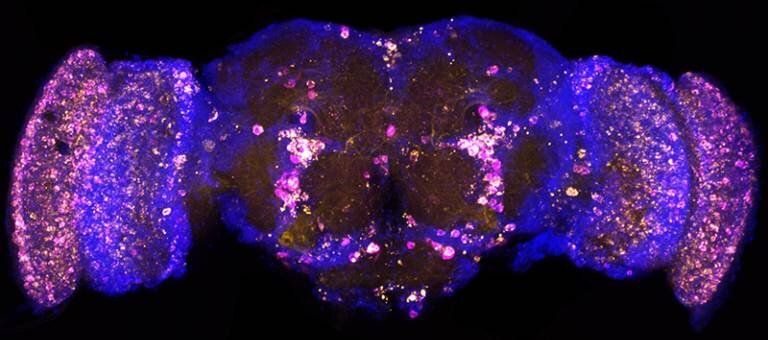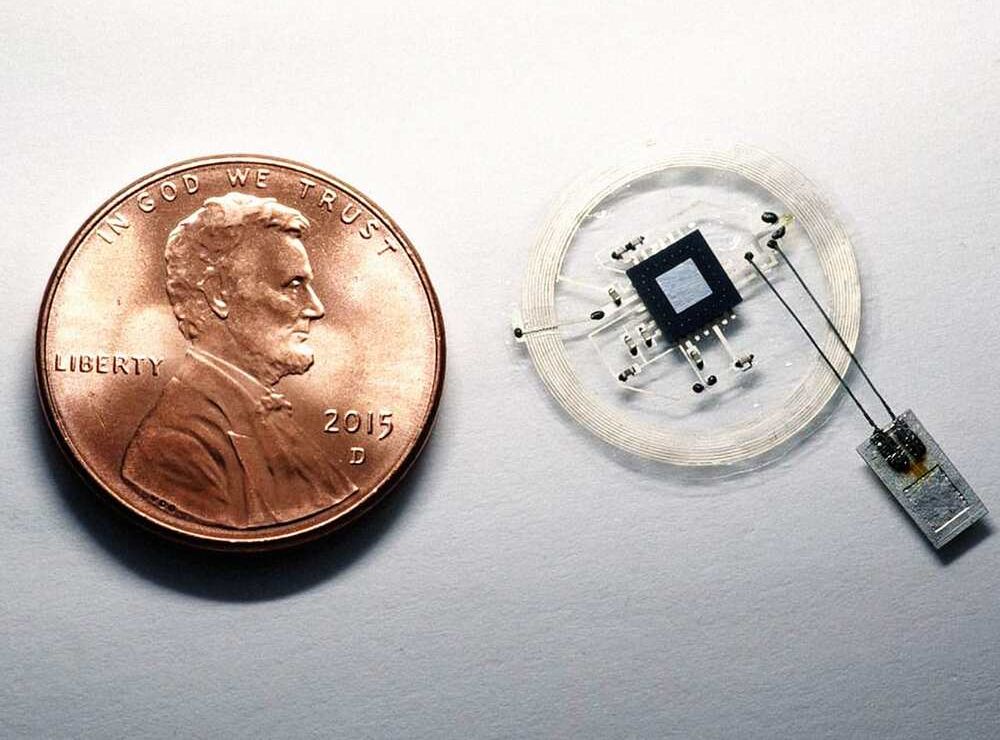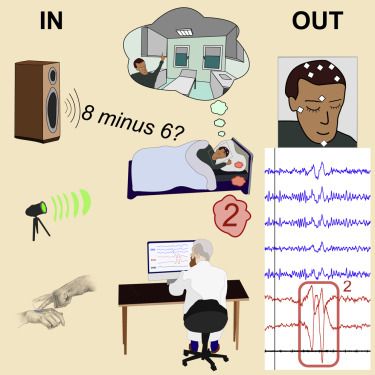Although the definitive causes of Alzheimer’s diseases aren’t yet fully understood, one of the leading suspects is the accumulation of abnormal proteins in the brain that impinges on the activity of the neurons. Scientists at Northwestern University have explored this phenomenon in a group of elderly individuals with excellent memory, known as SuperAgers, and found them to be far more resistant to the troublesome buildup of some of these proteins, shedding further light on how the disease may take hold.
A lot of the research into the progression of Alzheimer’s focus on a pair of proteins called amyloid and tau. Clumps of amyloid are thought to build up and develop into plaques that impact on memory and cognitive function, while tau takes the form of tangles that interfere with the way nutrients are taken up by the neurons, eventually leading to the death of the cell.
The Northwestern University researchers carried out experiments to study the prevalence of these proteins in SuperAgers, a group of subjects over the age of 80 with the memory capacity of someone 20 to 30 years younger than them. These subjects are assessed annually as part of ongoing research at Northwestern’s Mesulam Center for Cognitive Neurology and Alzheimer’s Disease.








